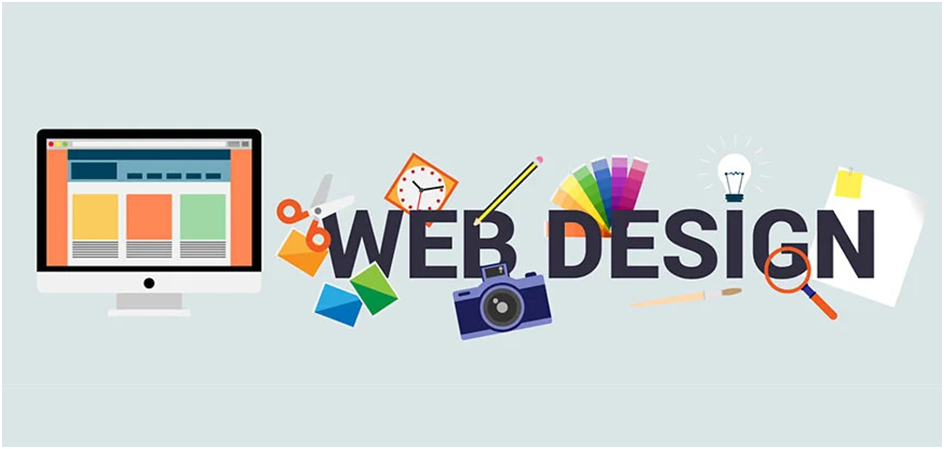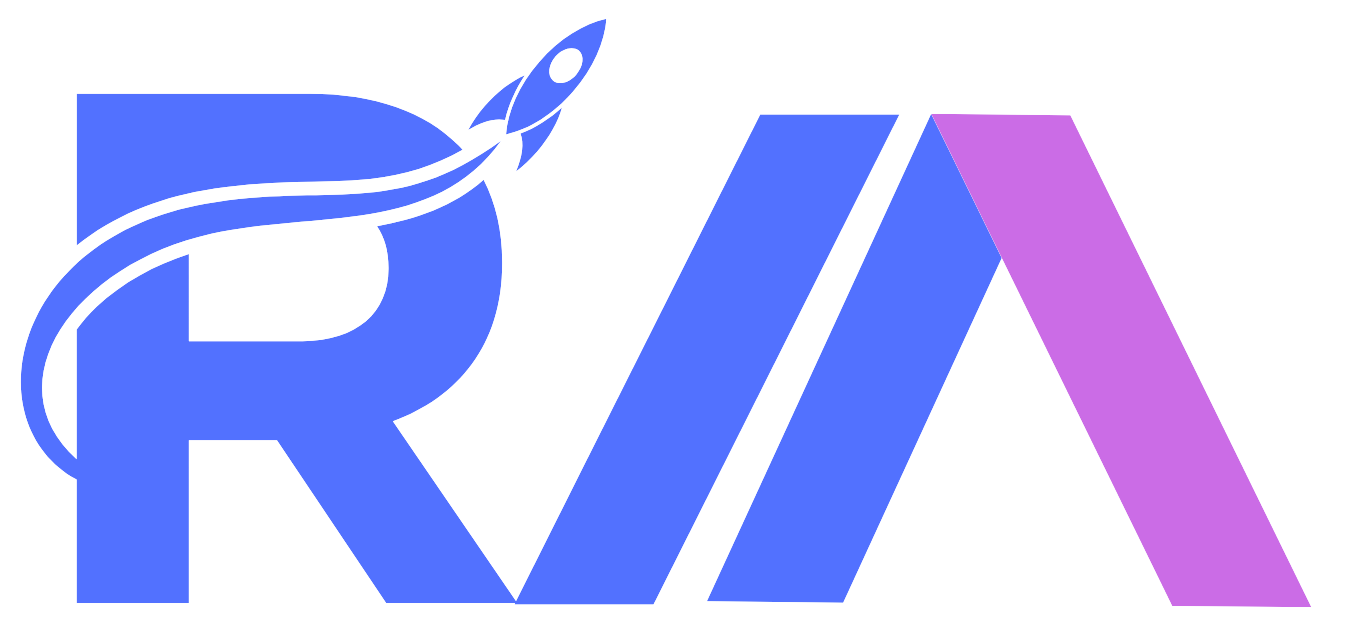The Evolution of Website Design: From 2000 to 2025

Website design has undergone a dramatic transformation over the past two decades. What started as basic HTML pages with minimal styling has evolved into immersive, AI-driven experiences. As technology, user behavior, and search engine algorithms have changed, web design has adapted to meet new demands.
In this blog, we will explore the journey of web design from the early 2000s to 2025, highlighting key trends, technological advancements, and what the future holds for website development.
Early 2000s: The Era of Static Web Pages
1. Basic HTML Websites – The Foundation of the Internet
At the start of the millennium, websites were primarily built using HyperText Markup Language (HTML). These websites had a simple structure, consisting of:
- Plain text with minimal formatting
- Basic navigation menus
- Few images and limited styling options
Designers had limited control over the appearance of web pages. Most websites were text-heavy, and background images or flashy GIFs were common elements to add some visual appeal.
2. The Rise and Fall of Flash Websites
One of the most noticeable trends in the early 2000s was the use of Adobe Flash. Flash allowed web designers to create interactive elements, animations, and even mini-games on websites.
Pros of Flash:
- Enhanced interactivity and animations
- More creative control for designers
Cons of Flash:
- Slow page loading speeds
- High resource consumption
- Incompatibility with mobile devices
Eventually, Flash started to lose popularity as search engines struggled to index Flash-based content. When Apple refused to support Flash on iPhones, its decline became inevitable.
3. Basic Navigation & Low UX Awareness
Websites in the early 2000s often had confusing layouts with too many links crammed onto the homepage. The concept of user experience (UX) was not a priority yet, leading to:
- Poor navigation structures
- Small, unreadable fonts
- Cluttered designs with little thought to usability
Despite these challenges, the foundation for modern web design was being built, and new technologies were on the horizon.
Mid-2000s: CSS, Web 2.0, and Dynamic Content
1. Introduction of CSS for Better Styling
By the mid-2000s, Cascading Style Sheets (CSS) revolutionized web design. CSS allowed developers to separate content (HTML) from design, making websites more flexible and visually appealing.
Key advantages of CSS:
- Faster load times
- Consistent styling across multiple pages
- Easier maintenance and updates
2. The Web 2.0 Movement – More Interaction & Social Integration
Web 2.0 marked a shift from static pages to interactive, user-driven content. Websites became more engaging, featuring:
- Blogs with comment sections
- Social media integration
- AJAX-powered web applications for dynamic updates
The rise of platforms like Facebook, Twitter, and YouTube reshaped how businesses and individuals used the web. Websites started prioritizing user engagement rather than just presenting information.
3. The Growth of Blogging & Content Management Systems
Platforms like WordPress, Blogger, and Joomla made it easier for anyone to create and manage content. Businesses, marketers, and individuals embraced blogging as a way to attract audiences and improve SEO (Search Engine Optimization).
By the late 2000s, websites were becoming more user-friendly, but there was still room for innovation.
2010s: The Rise of Mobile-First & Responsive Web Design
1. Mobile Optimization Became a Necessity
With the explosion of smartphone usage, businesses realized they needed mobile-friendly websites. In 2015, Google introduced mobile-first indexing, meaning websites that weren’t optimized for mobile experienced ranking drops.
Key mobile-friendly trends:
- Responsive Web Design (RWD) – Websites automatically adjusted to different screen sizes.
- Accelerated Mobile Pages (AMP) – A framework designed for lightning-fast mobile web pages.
2. Minimalist & Flat Design Revolution
The early 2010s saw a shift away from overly complex designs to flat design – a clean, simple aesthetic emphasizing usability. Inspired by Google’s Material Design, this approach focused on:
- Large typography for readability
- Clear, intuitive navigation
- White space for better content focus
3. The Fall of Flash & The Rise of JavaScript
By 2017, Adobe officially announced the end of Flash, making way for JavaScript-based frameworks like React, Angular, and Vue.js. These frameworks enabled developers to build fast, interactive, and dynamic web applications.
4. Faster Load Speeds & SEO Optimization
As Google prioritized user experience, site speed became a ranking factor. Websites had to:
- Optimize images for faster loading
- Implement caching and compression techniques
- Improve server response times
By the end of the 2010s, websites were faster, sleeker, and mobile-optimized, paving the way for even more innovations.
2020s: AI, Personalization & Next-Gen Web Experiences
1. Dark Mode & Neumorphism for Better UX
Dark mode became a must-have feature for websites and apps, offering:
- Reduced eye strain for users
- Improved battery life on OLED screens
Another emerging trend was neumorphism, which combined elements of skeuomorphism (real-world textures) with flat design, creating a modern 3D-like effect.
2. AI-Powered Chatbots & Personalized Experiences
AI-driven chatbots became an integral part of customer support, enhancing user engagement through:
- Instant responses to queries
- AI-powered recommendations based on user behavior
Websites also began using machine learning to provide personalized content, improving conversion rates and engagement.
3. Voice Search Optimization
With the rise of smart assistants (Alexa, Siri, Google Assistant), websites started optimizing for voice search by:
- Using natural language keywords
- Structuring content with FAQ-style answers
- Implementing schema markup for better SERP visibility
4. No-Code & Low-Code Platforms Making Web Design Accessible
Thanks to Wix, Webflow, and WordPress, businesses and individuals could create professional websites without needing to code. This democratized web development, making it accessible to non-technical users.
2025 & Beyond: The Future of Web Design
- Augmented Reality (AR) & Virtual Reality (VR) Experiences
Websites will integrate AR/VR to create immersive experiences, especially in e-commerce, real estate, and education. - AI-Generated Design & Content
AI will automate web design, generating layouts, graphics, and even personalized content based on user preferences. - Hyper-Personalization with Big Data
Websites will use big data analytics to deliver highly personalized experiences, adapting in real-time based on user behavior. - Blockchain & Decentralized Websites
With increasing concerns over privacy and security, blockchain-powered websites may emerge, giving users greater control over their data.
Final Thoughts: The Ever-Changing Landscape of Web Design
The journey of web design from static HTML pages to AI-driven experiences showcases the incredible pace of digital evolution. As technology advances, one thing remains constant: user experience is at the heart of web design.
To stay ahead, businesses must adapt to these changes, ensuring their websites are fast, responsive, and engaging in an increasingly digital world.
Is your website future-ready? Stay ahead of trends and embrace the next wave of web innovation!





